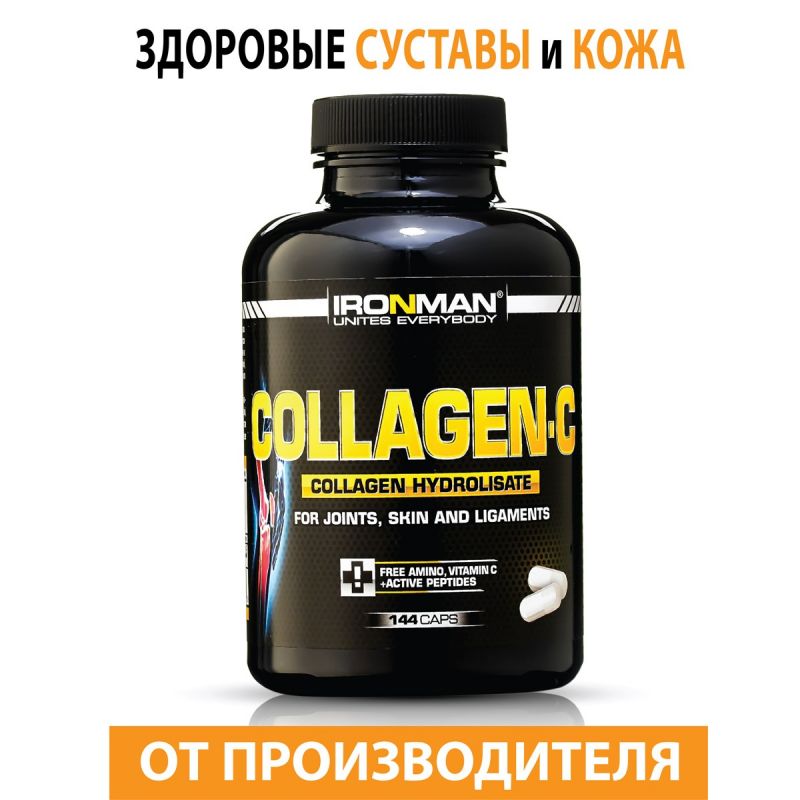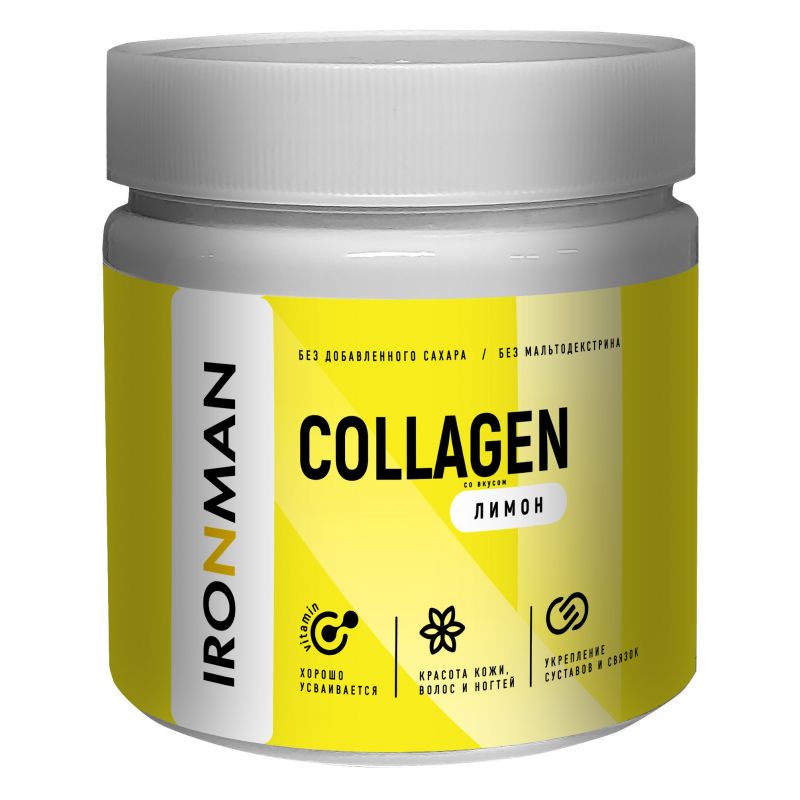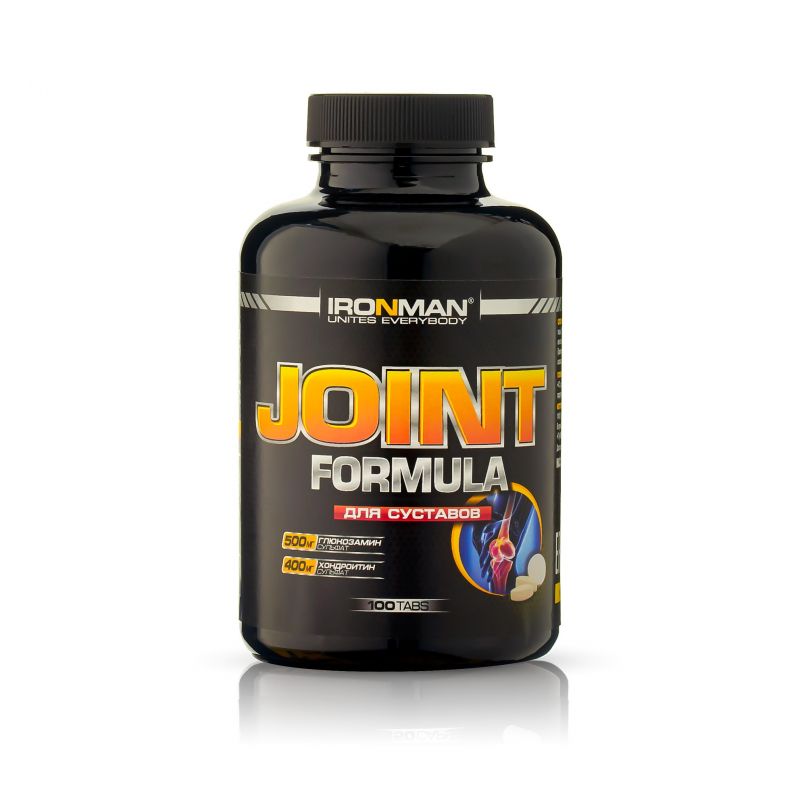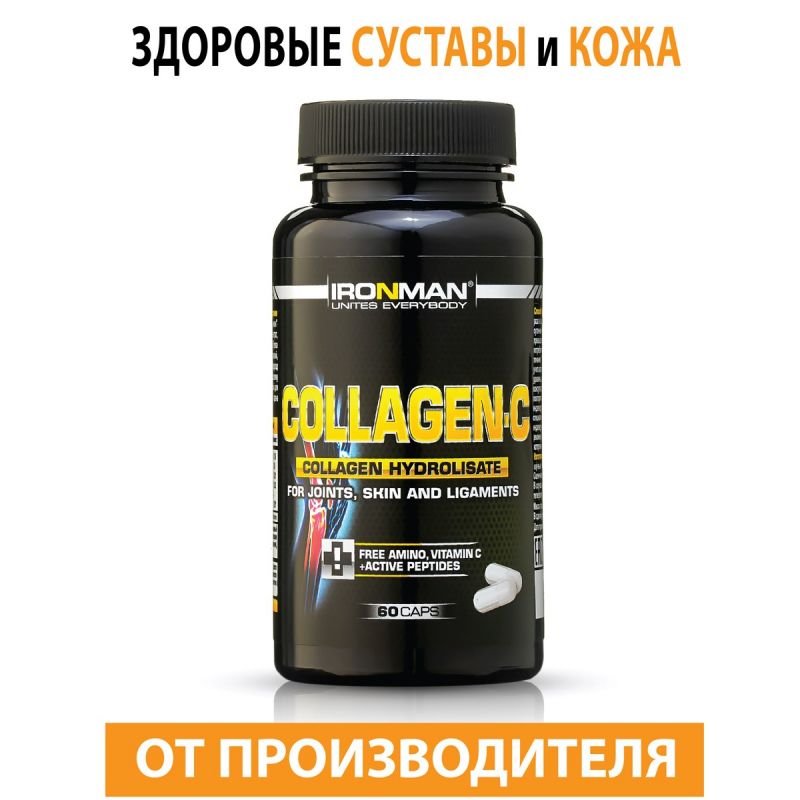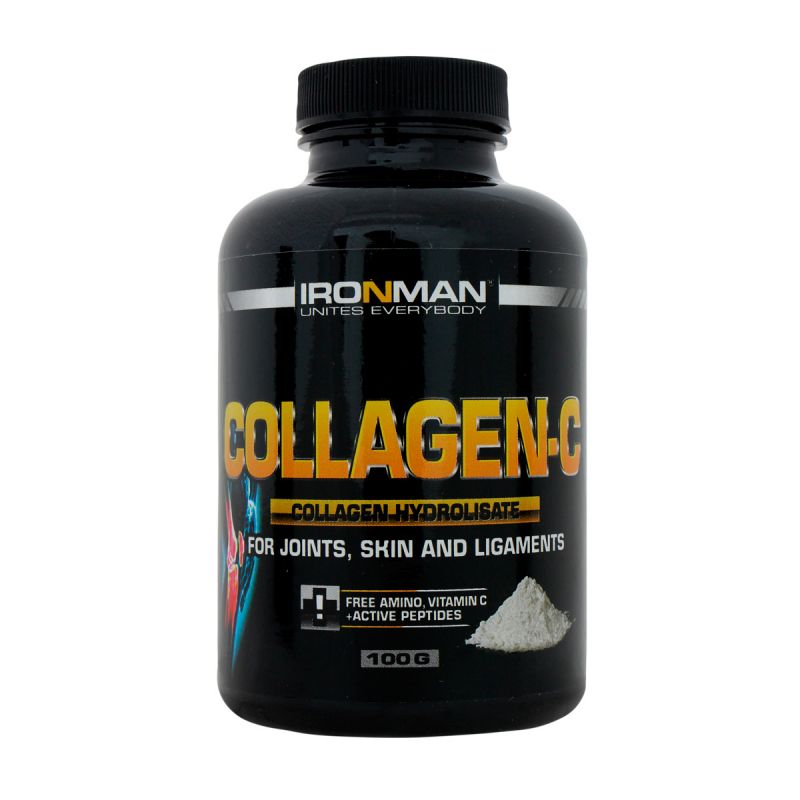Легкие веса для увеличения мышечной массы и силы
14.05.2017
Другим вариантом является регулирование нагрузки в зависимости от типа выполняемых упражнений. Для многосуставных упражнений, таких как приседания, тяги и жимы, подходит диапазон от 1 до 10 повторений, в то время как односуставные изолирующие упражнения с небольшими отягощениями требуют большего количества повторений (15 и более).
Никаких жестких правил здесь нет. Результат тренинга зависит от индивидуальных особенностей и в конечном итоге нужно много экспериментировать, чтобы найти наиболее подходящий вариант.
Тише едешь — дальше будешь?
Мышечные волокна второго типа может и превосходят первый тип в склонности к гипертрофии, но готовы ли вы пренебречь потенциалом роста волокон первого типа? Скорее всего, оптимальная тренировочная программа для стимуляции мышечной гипертрофии должна включать в себя не только упражнения с большими весами для стимулирования быстросокращающихся волокон, но и упражнения, которые позволят волокнам первого типа находиться под нагрузкой более длительное время.
Первоисточники:
Mitchell, C. J. et al. Resistance exercise load does not determine training-mediated hypertrophic gains in young men. J Appl Physiol 113, 71-77 (2012).
Fry, A. C. The role of resistance exercise intensity on muscle fibre adaptations. Sports Med 34, 663-679 (2004).
Wernbom, M., Augustsson, J. & Thomeé, R. The influence of frequency, intensity, volume and mode of strength training on whole muscle cross-sectional area in humans. Sports Med 37, 225-264 (2007).
Hackett, D. A., Johnson, N. A. & Chow, C.-M. Training Practices and Ergogenic Aids used by Male Bodybuilders. J Strength Cond Res (2012). doi:10.1519/JSC.0b013e318271272a
Swinton, P. A. et al. Contemporary Training Practices in Elite British Powerlifters: Survey Results From an International Competition. J Strength Cond Res 23, 380-384 (2009).
Ogasawara, R., Loenneke, J. P., Thiebaud, R. S. & Abe, T. Low-load bench press training to fatigue results in muscle hypertrophy similar to high-load bench press training. International Journal of Clinical Medicine 4, 114-121 (2013).
Léger, B. et al. Akt signalling through GSK-3beta, mTOR and Foxo1 is involved in human skeletal muscle hypertrophy and atrophy. J Physiol (Lond) 576, 923-933 (2006).
Lamon, S., Wallace, M. A., Léger, B. & Russell, A. P. Regulation of STARS and its downstream targets suggest a novel pathway involved in human skeletal muscle hypertrophy and atrophy. J Physiol (Lond) 587, 1795-1803 (2009).
Schuenke, M. D. et al. Early-phase muscular adaptations in response to slow-speed versus traditional resistance-training regimens. Eur J Appl Physiol 112, 3585-3595 (2012).
Campos, G. E. R. et al. Muscular adaptations in response to three different resistance-training regimens: specificity of repetition maximum training zones. Eur J Appl Physiol 88, 50-60 (2002).
Holm, L. et al. Changes in muscle size and MHC composition in response to resistance exercise with heavy and light loading intensity. J Appl Physiol 105, 1454-1461 (2008).
Burd, N. A. et al. Low-load high volume resistance exercise stimulates muscle protein synthesis more than high-load low volume resistance exercise in young men. PLoS ONE 5, e12033 (2010).
Aagaard, P. et al. A mechanism for increased contractile strength of human pennate muscle in response to strength training: changes in muscle architecture. J Physiol (Lond) 534, 613-623 (2001).
Charette, S. L. et al. Muscle hypertrophy response to resistance training in older women. J Appl Physiol 70, 1912-1916 (1991).
Harber, M. P., Fry, A. C., Rubin, M. R., Smith, J. C. & Weiss, L. W. Skeletal muscle and hormonal adaptations to circuit weight training in untrained men. Scand J Med Sci Sports 14, 176-185 (2004).
Kosek, D. J., Kim, J.-S., Petrella, J. K., Cross, J. M. & Bamman, M. M. Efficacy of 3 days/wk resistance training on myofiber hypertrophy and myogenic mechanisms in young vs. older adults. J Appl Physiol 101, 531-544 (2006).
Staron, R. S. et al. Strength and skeletal muscle adaptations in heavy-resistance-trained women after detraining and retraining. J Appl Physiol 70, 631-640 (1991).
Henneman, E., Somjen, G. & Carpenter, D. O. Excitability and inhibitability of motoneurons of different sizes. J. Neurophysiol. 28, 599-620 (1965).
Henneman, E., Somjen, G. & Carpenter, D. O. FUNCTIONAL SIGNIFICANCE OF CELL SIZE IN SPINAL MOTONEURONS. J. Neurophysiol. 28, 560-580 (1965).
Schoenfeld, B. J. Potential Mechanisms for a Role of Metabolic Stress in Hypertrophic Adaptations to Resistance Training. Sports Med (2013). doi:10.1007/s40279-013-0017-1
Adam, A. & De Luca, C. J. Recruitment order of motor units in human vastus lateralis muscle is maintained during fatiguing contractions. J. Neurophysiol. 90, 2919-2927 (2003).
Simoneau, J. A. & Bouchard, C. Genetic determinism of fiber type proportion in human skeletal muscle. FASEB J 9, 1091-1095 (1995)
Tirrell, T. F. et al. Human skeletal muscle biochemical diversity. J. Exp. Biol. 215, 2551-2559 (2012).
Johnson, M. A., Polgar, J., Weightman, D. & Appleton, D. Data on the distribution of fibre types in thirty-six human muscles. An autopsy study. J. Neurol. Sci. 18, 111-129 (1973).
